Name Toshiko Takaezu | Role Artist | |
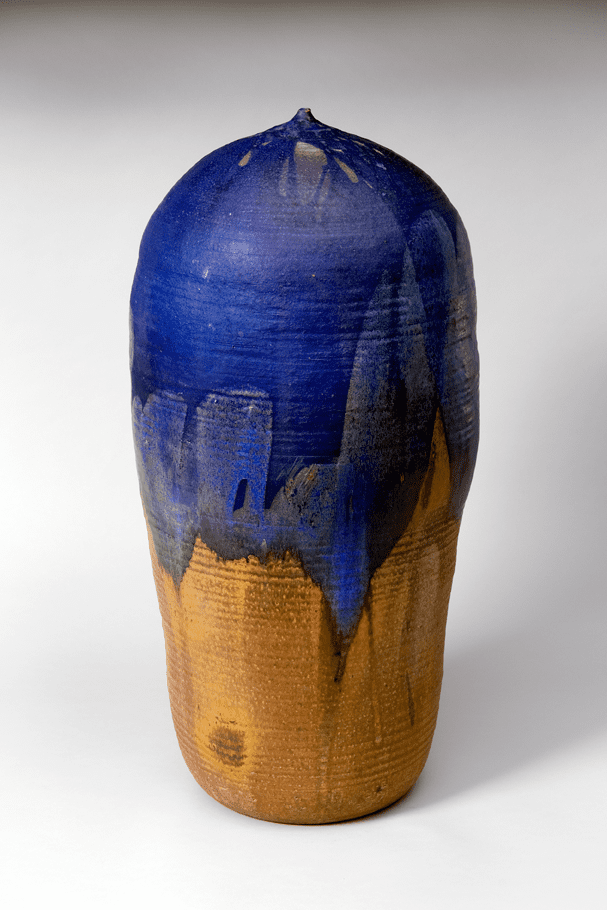 | ||
Education Cranbrook Educational Community Artwork Dancing Brush, Anagama Vase, Cobalt Blue, Pacific, Untitled, Black Hole | ||
Toshiko takaezu portrait of an artist
Toshiko Takaezu (17 June 1922 – 9 March 2011) was an American ceramic artist and painter.
Contents
- Toshiko takaezu portrait of an artist
- De poet laureate joann balingit speaks on artist toshiko takaezu
- Biography
- Exhibitions
- Honors and awards
- Collections containing work
- References
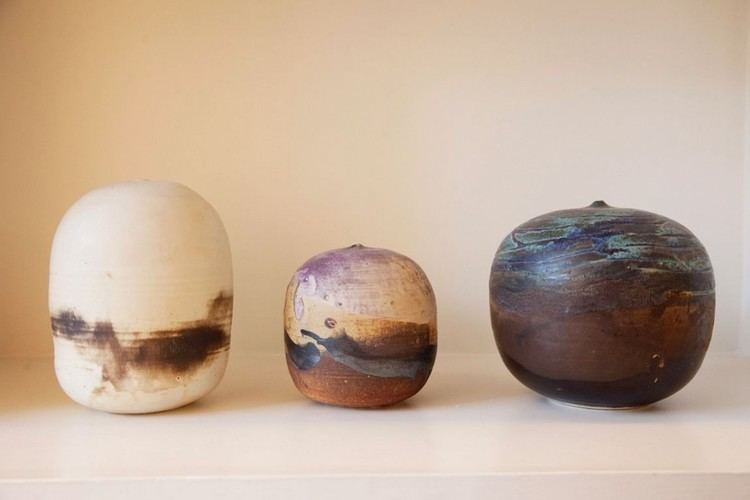
De poet laureate joann balingit speaks on artist toshiko takaezu
Biography
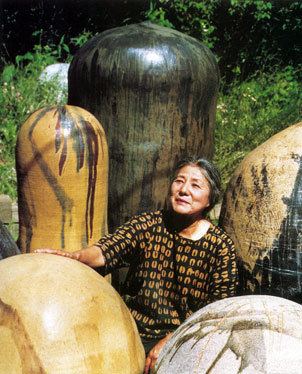
Takaezu was born to Japanese immigrant parents in Pepeekeo, Hawaii, on 17 June 1922. She attended Saturday classes at the Honolulu Museum of Art School (1947–1949) and attended the University of Hawaii (1948, 1951) where she studied under Claude Horan. From 1951 to 1954, she continued her studies at Cranbrook Academy of Art in Bloomfield Hills, Michigan (1951), where she befriended Finnish ceramist Maija Grotell, who became her mentor. In 1955, Takaezu traveled to Japan, where she studied Zen Buddhism and the techniques of traditional Japanese pottery, which influenced her work.
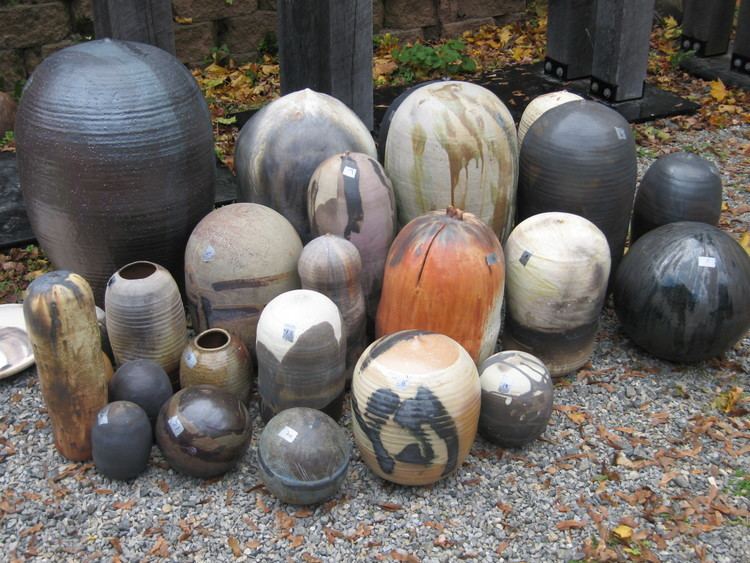
She taught at several universities and art schools: Cranbrook Academy of Art, Bloomfield Hills, Michigan; University of Wisconsin, Madison, Wisconsin; Cleveland Institute of Art, Cleveland, Ohio (10 years); Honolulu Academy of Art, Honolulu, Hawaii; and Princeton University, Princeton, New Jersey (1967–1992), where she was awarded an honorary doctorate.
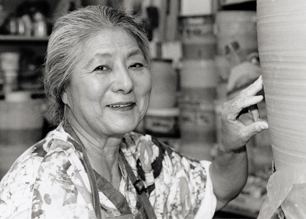
Takaezu treated life with a sense of wholesomeness and oneness with nature; everything she did was to improve and discover herself. She believed that ceramics involved self-revelation, once commenting, "In my life I see no difference between making pots, cooking and growing vegetables... there is need for me to work in clay... it gives me answers for my life." When she developed her signature “closed form” after sealing her pots, she found her identity as an artist. The ceramic forms resembled human hearts and torsos, closed cylindrical forms, and huge spheres she called “moons.” Before closing the forms, she dropped a bead of clay wrapped in paper inside, so that the pieces would rattle when moved. The most important part of her ceramic pieces is the hollow space of air within. She relates this to the idea that what’s inside a person is the most important.
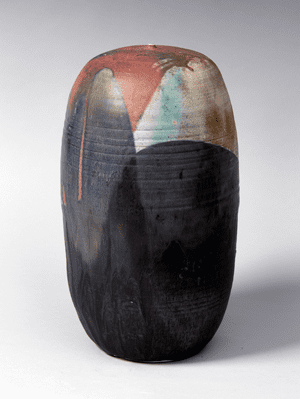
She retired in 1992 to become a studio artist, living and working in the Quakertown section of Franklin Township, Hunterdon County, New Jersey, about 30 miles northwest of Princeton. In addition to her studio in New Jersey, she made many of her larger sculptures at Skidmore College in Saratoga Springs, New York. She lived in Hawaii for 10 years and died March 9, 2011 in Honolulu.
Toshiko Takaezu made functional wheel-thrown vessels early in her career. Later she switched to abstract sculptures with freely applied poured and painted glazes. In the early 1970s, when she didn’t have access to a kiln, she painted on canvas.
Exhibitions
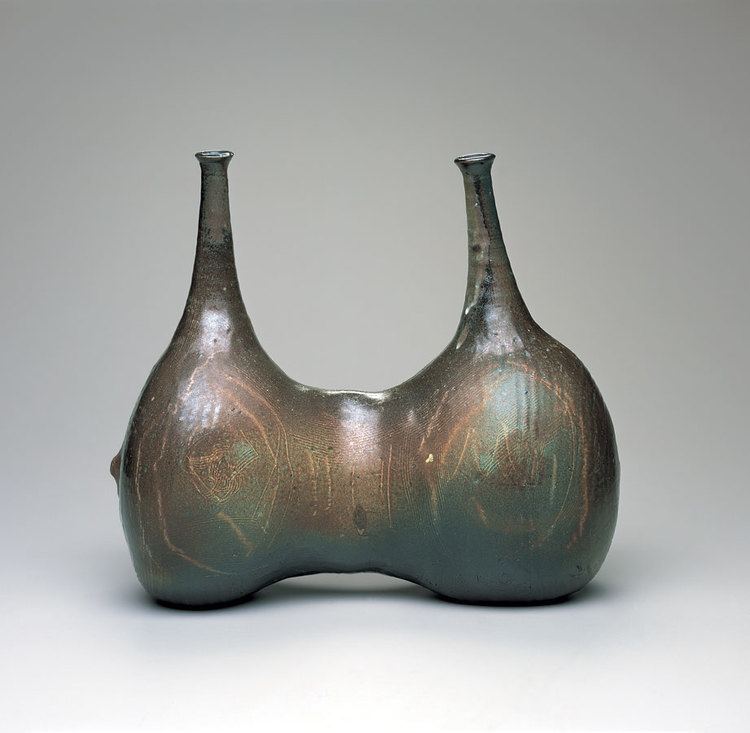
Takaezu had many solo exhibitions throughout the United States:
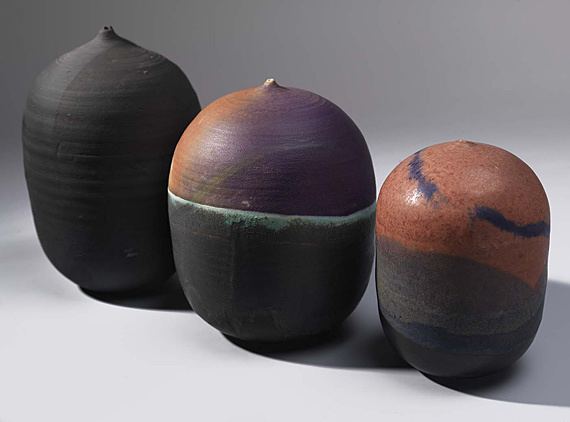
It has also been in several group exhibitions throughout the United States and abroad in countries including Belgium, Czechoslovakia, Japan, and Switzerland.
Honors and awards
Takaezu won many honors and awards for her work:
Collections containing work
Takaezu's work may be found in private and corporate permanent collections, as well as several public collections across the United States:
Takaezu's work may also be found in the National Museum in Bangkok, Thailand.
